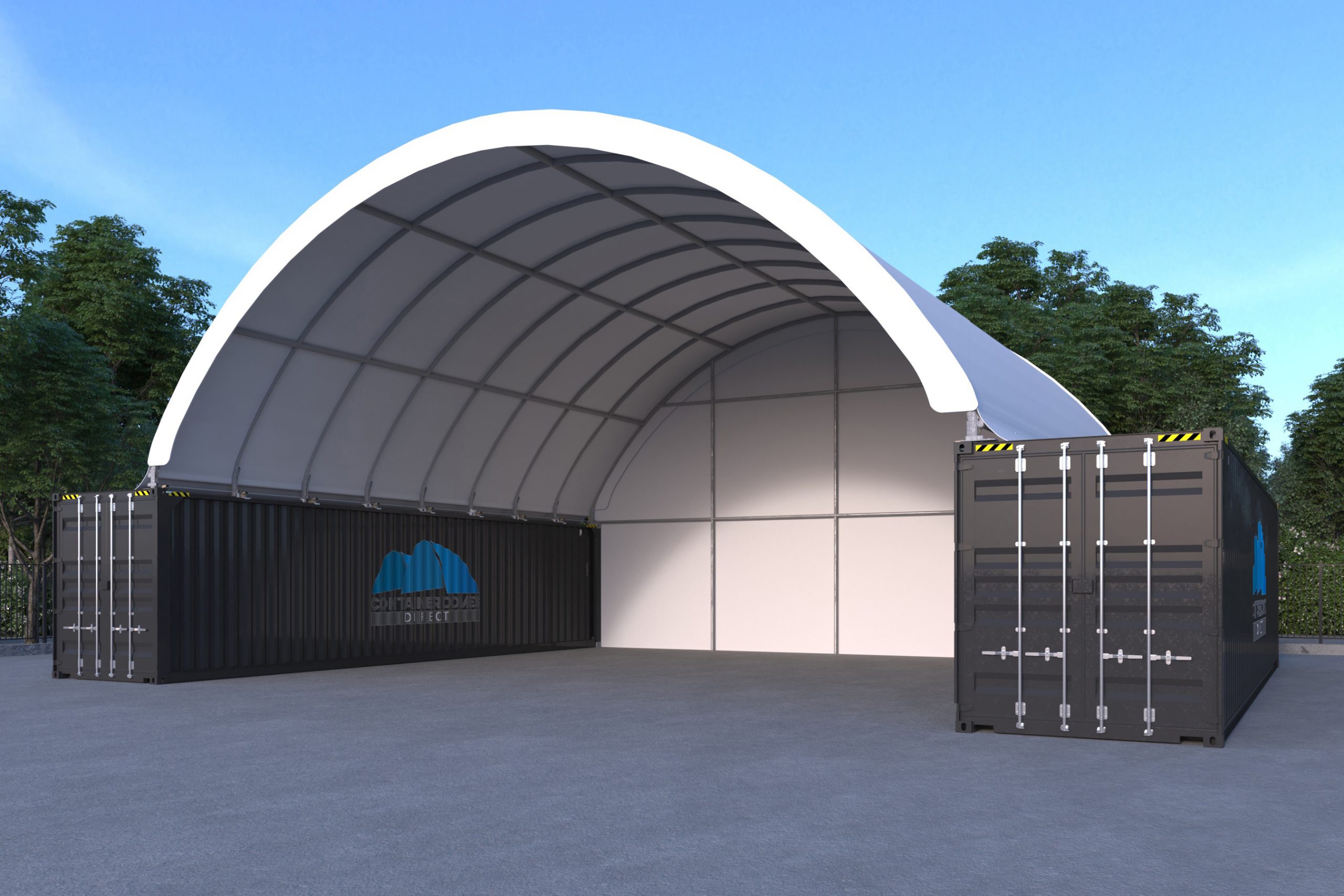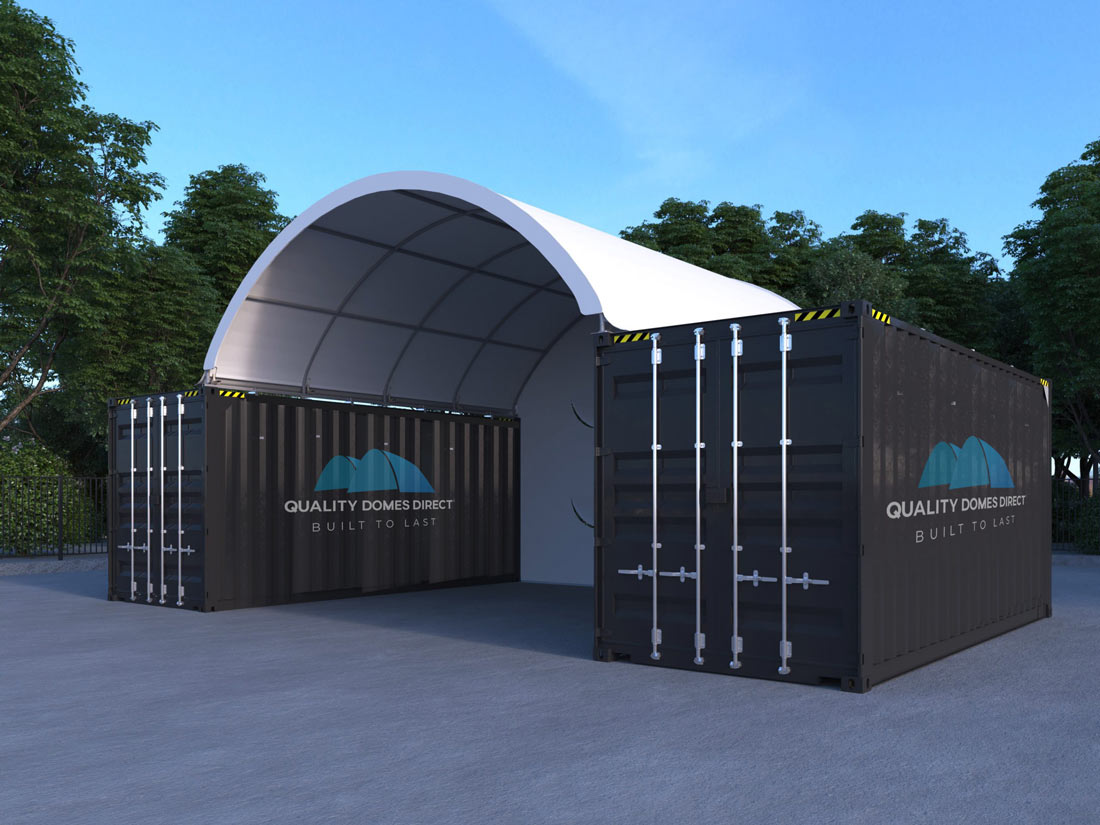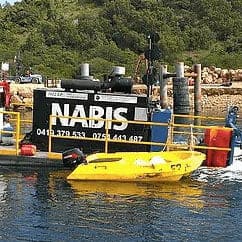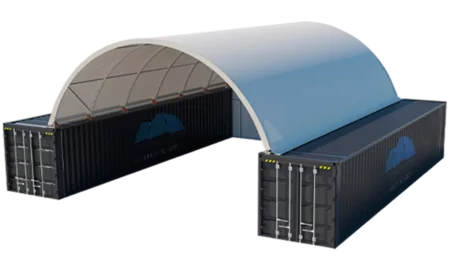
Containers are seemingly innocuous industrial things that, upon closer inspection, reveal themselves to be quite fascinating. In the first place, they constitute one of the most widely accepted industrial standards on the face of the planet. Every year, shipping containers transport 1.6 billion metric tons of cargo across the Atlantic Ocean. They can be found on every continent on the planet.
Construction of shipping container is intended to survive for decades. This is also makes them perfect for your container shelter, hardy and strong they are built to last. They can withstand hundreds of travels by sea, train, or road if properly stored and maintained. The typical service life of a used shipping container in hostile conditions such as the sea is 10-12 years. It is still in excellent enough condition to be repurposed for various other applications.
Various elements influence the lifespan of a shipping container, including the environment, in which it has been used, the items it has transported, the location in which it has been stored, and whether or not it has been damaged during loading and unloading.
However, while each shipping container has its unique voyage, the general life cycle of containers is the same for all. Beginning with the manufacturing process and on to how containers are utilised for various purposes, this blog will provide an overview of the shipping container lifecycle.
Shipping containers have a brief historical background
This is the original standard shipping container, which measured nineteen feet, ten and a half inches in length, 8 feet wide, and 8 feet six inches in height. The TEU (twenty-foot equivalent unit) is the unit of measurement for all larger containers, including those with a capacity of more than 20 feet.
Before World War II, the first shipping container was used throughout Europe. However, they were only utilized for rail freight, not ocean freight. It was anticipated that the idea of a uniform container that could be moved from the rear of one railway car to the back of another would help to revitalize European shipping following the Great Depression. However, it was not until after World War II that the concept gained widespread acceptance.
The first successful container shipping business was founded in 1956 by Malcolm McLean, a longtime shipping entrepreneur. However, although not the first container ship to be built, his vessel, an abandoned World War II oil tanker renamed the Ideal X, made history by significantly increasing the speed and cutting the cost of loading and unloading a ship.
Present and Future of Shipping Containers
Like any other new technology, shipping container shelters by Quality Domes Direct has many benefits to the world. The low cost and widespread availability of shipping containers have impacted everything from free trade to outsourcing to smuggling to inexpensive housing. With this comes the availability of old containers that can be used for container shelters, which takes the pressure off having to dispose of them.
For more than half of its 15-year lifespan, the ordinary shipping container will be sitting idle and unusable. Due to the global shipping industry’s impending crisis (which is being exacerbated in part by low oil prices), the global stockpile of empty containers is expected to grow, causing carriers to suffer additional expenses in keeping and maintaining these idle assets.
Businesses that rely on delivering physical items to warehouses, retailers, and customers have a unique set of challenges and opportunities in this environment. Several shipping lines are currently compressing capacity on their vessels to save money, which may further erode pricing transparency, which is already a problem. Forward-thinking enterprises must comprehend and be prepared.








